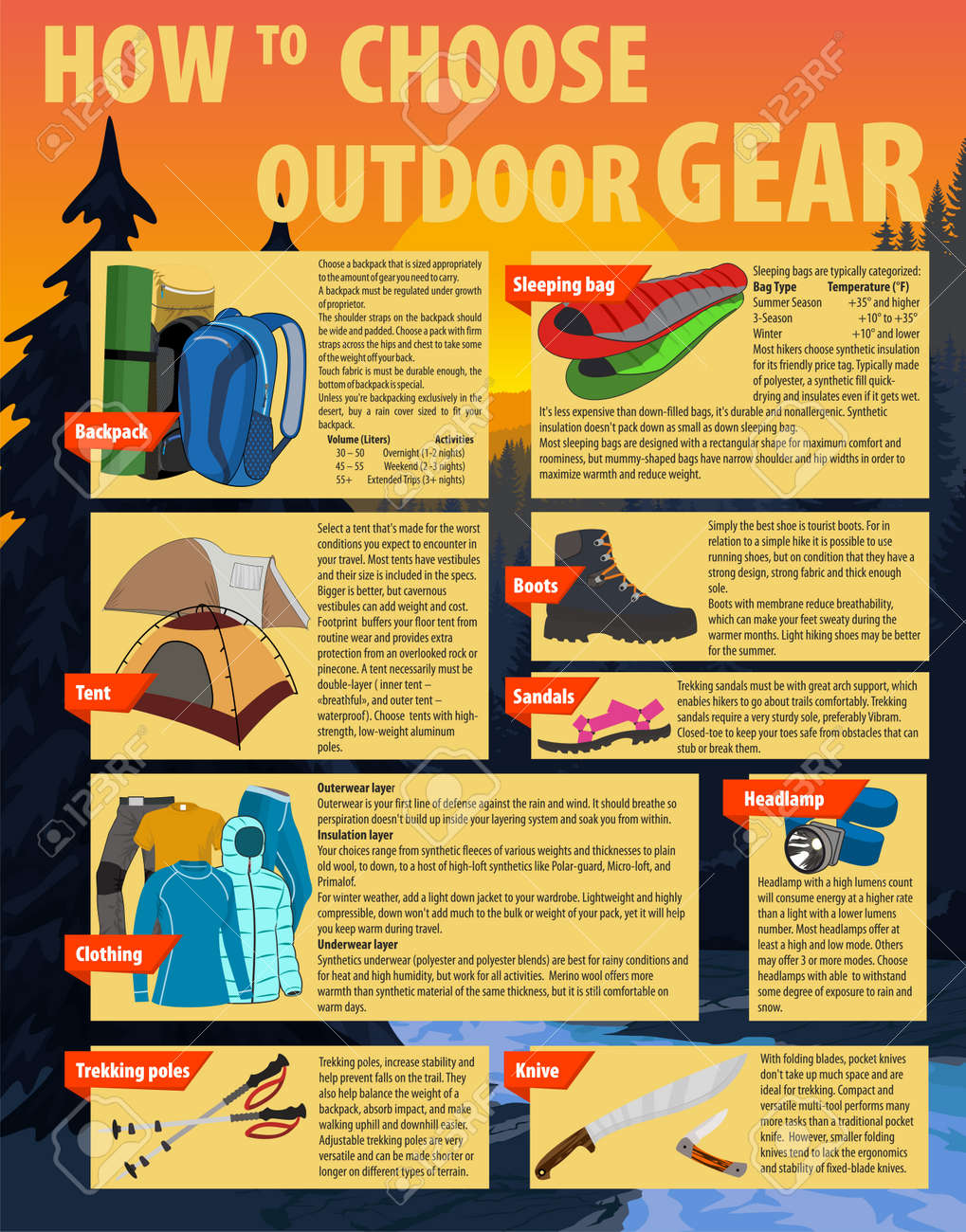Rainfall flies are an essential accessory for wall camping tents. They boost the capacity of a tent to protect campers from extreme weather while supplying included convenience and durability.
Regular cleansing of a rain fly keeps mud, mold, and debris from damaging it. Likewise, making certain the appropriate stress of a rainfly prevents it from drooping and allowing water to gather below.
Weather Condition Resistant Products
The material made use of in construction jobs can influence the durability and longevity of the job. Picking weather-resistant materials helps reduce upkeep costs and conserves sources for future repair work and substitute.
Wood may not be the initial material that comes to mind when reviewing weather resistance, however it is very resilient when appropriately treated with chemicals. Cedar, redwood, and teak are instances of normally rot-resistant woods utilized to make a selection of outdoor furniture and frameworks.
High-performance canvas wall surface tents are developed to stand up to dampness and keep campers comfortable. It is necessary to clean canvas and tents on a regular basis to remove dirt, mud, and dust. It is additionally vital to rinse off any type of deposit from the canvas outdoor tents prior to storing it away for use. Prevent making use of bleach, as it damages the water-resistance treatment and makes the tent a lot more at risk to leak. Alternatively, a soft brush and a hose pipe can be utilized to extensively scrub the canvas outdoor tents and wash it off with water until it is fully saturated.
UV Exposure
Unless a camping tent is made from UV-resistant textile, long term exposure to sunlight will trigger it to break down. This holds true of all textiles, yet it's specifically pronounced for tents and canvas structures because of how much they're utilized in outside setups. UV radiation can trigger dyes to break down, causing a loss of shade vibrancy.
A rainfly shields wall surface outdoors tents from these harmful UV rays by reflecting them before they can penetrate the structure and reach your skin. It is essential to choose a rainfly with a UPF rating of 50 or higher to get optimal UV protection.
A rainfly also helps regulate the temperature inside a tent depending on the season. A lighter rainfly can keep outdoors tents from soaking up way too much warmth in the summer season, while a larger rainfall fly can assist stop warm from getting away the camping tent during colder months. In either case, these additional layers of insulation can significantly extend a tent's life-span.
Dampness Damages
Canvas camping tents are relatively resilient and can last 15-30 years with persistent care, but also one of the most high-performance canvas is not unsusceptible downpours. A rain fly or fly sheet adds a layer of defense for the roof covering of your canvas outdoor tents and assists avoid moisture damages.
Condensation, mold and mildew, and mold are not only unsightly, yet they can additionally ruin the structural integrity of your canvas outdoor tents. Protecting against these issues is easy, but it calls for careful care and attention to information.
Make it a routine to examine your tent in the early morning and eliminate any all-natural condensation, dew, or snow that has actually built up on the surface. Later, make sure to spread your outdoor tents out in an open location and utilize a soft brush weather resistance to scrub away any mold and mildew and mildew that has actually developed. Once you have actually eliminated the impacted locations, re-treat the camping tent with a mold awesome option and rinse it extensively to avoid any future problems.
Wetness Buildup
While typical, condensation can damage products if left unattended. Fortunately, aggressive techniques like cleaning surface areas and airing out tents lessen condensation' impact.
Outdoor tents material, environment conditions and usage patterns add to condensation levels. Sailcloth, for example, resists water vapor dissipation and tends to present beaded beads more readily than polyester or nylon alternatives. Understanding this distinction informs just how camping tent proprietors manage condensation.
Owner's exhaled breath and damp clothes and tools spike humidity degrees. A lack of air flow strategies enables dampness to condense when warm indoor air meets cooler surface area temperatures. This cycle magnifies on moist nights or when an outdoor tents is positioned in reduced places. Examining and cleaning tent surface areas immediately after cooling down urges wetness to spread before harmful textiles or forming mold and mildew. Local airflow, such as guiding a follower toward joints, more aids the process. Identifying the most prone locations of a tent, like high ridges and corners, aids campers streamline their wetness monitoring routines.
